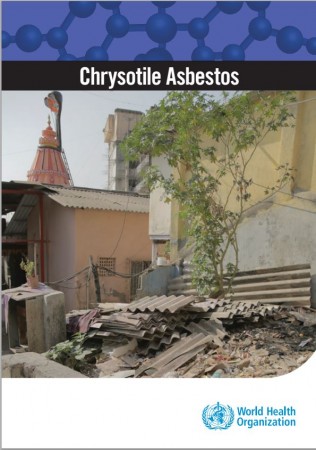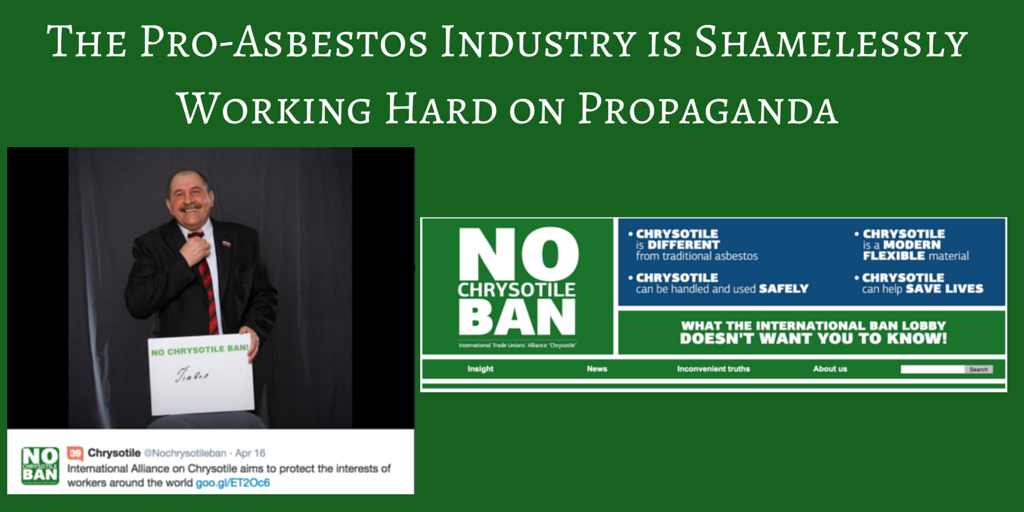 Posted on May 11, 2015
Posted on May 11, 2015
Since its inception, the Asbestos Disease Awareness Organization (ADAO), the largest independent asbestos victims’ organization in the United States, has been dedicated to asbestos awareness and disease prevention through education, advocacy, and community support. As part of our education efforts, we would like to share the recently published, incredibly insightful 45-page World Health Organization (WHO) “Chrysotile Asbestos Report.” This report provides WHO’s research and official opinion on the dangers of chrysotile in order to help decision-makers understand how to eliminate asbestos-related diseases.
WHO’s policy on asbestos is unequivocal. Asbestos causes cancer of the lung, larynx and ovary, mesothelioma (a cancer of the pleural and peritoneal linings) and asbestosis (fibrosis of the lungs). Asbestos-related diseases can and should be prevented, and the most efficient way to prevent them is to stop the use of all forms of asbestos in order to prevent exposure.
WHO report highlights that:
- Approximately 125 million people in the world are exposed to asbestos in the workplace.
- At least 107,000 people die each year globally from asbestos-related diseases.
- Chrysotile is still widely used, with approximately 90% being employed in asbestos cement building materials, the largest users of which are developing countries.
 The WHO explicitly confirms the dangers of chrysotile and advocates for the eradication of asbestos. Yet still, many countries around the world have not banned asbestos. In these countries, the power and persistence of the asbestos industry support the dissemination of misinformation about asbestos and allow the asbestos industry’s interest to outweigh those of public health.
The WHO explicitly confirms the dangers of chrysotile and advocates for the eradication of asbestos. Yet still, many countries around the world have not banned asbestos. In these countries, the power and persistence of the asbestos industry support the dissemination of misinformation about asbestos and allow the asbestos industry’s interest to outweigh those of public health.
As a relevant side note to the reports release, Russia and the other top-producing asbestos countries are infamous for their shameless asbestos propaganda. The bottom line is that all types of asbestos – including chrysotile – are known carcinogens and can cause asbestos-related diseases. As just one example of the very wrong, very dangerous, and very scary propaganda that comes from asbestos industry interests is this screenshot below from the “NO Chrysotile Ban” website. Its articles attempt to discredit anti-chrysotile facts and organizations and, instead, include grossly incorrect statements such as the “Chrysotile can help save lives” tagline in the banner on their official webpage.In our continued effort to drive asbestos awareness, work towards a ban, and protect asbestos victims’ rights, ADAO is proud to be on the fact-based side of this argument. We are pleased to share WHO’s Chrysotile Asbestos Report as a legitimate reference for those seeking more information about asbestos.
For even more information about the global discussion on chemicals such as asbestos, please keep an eye out for an ADAO recap from this month’s UN Rotterdam Convention.
In unity,
Linda
